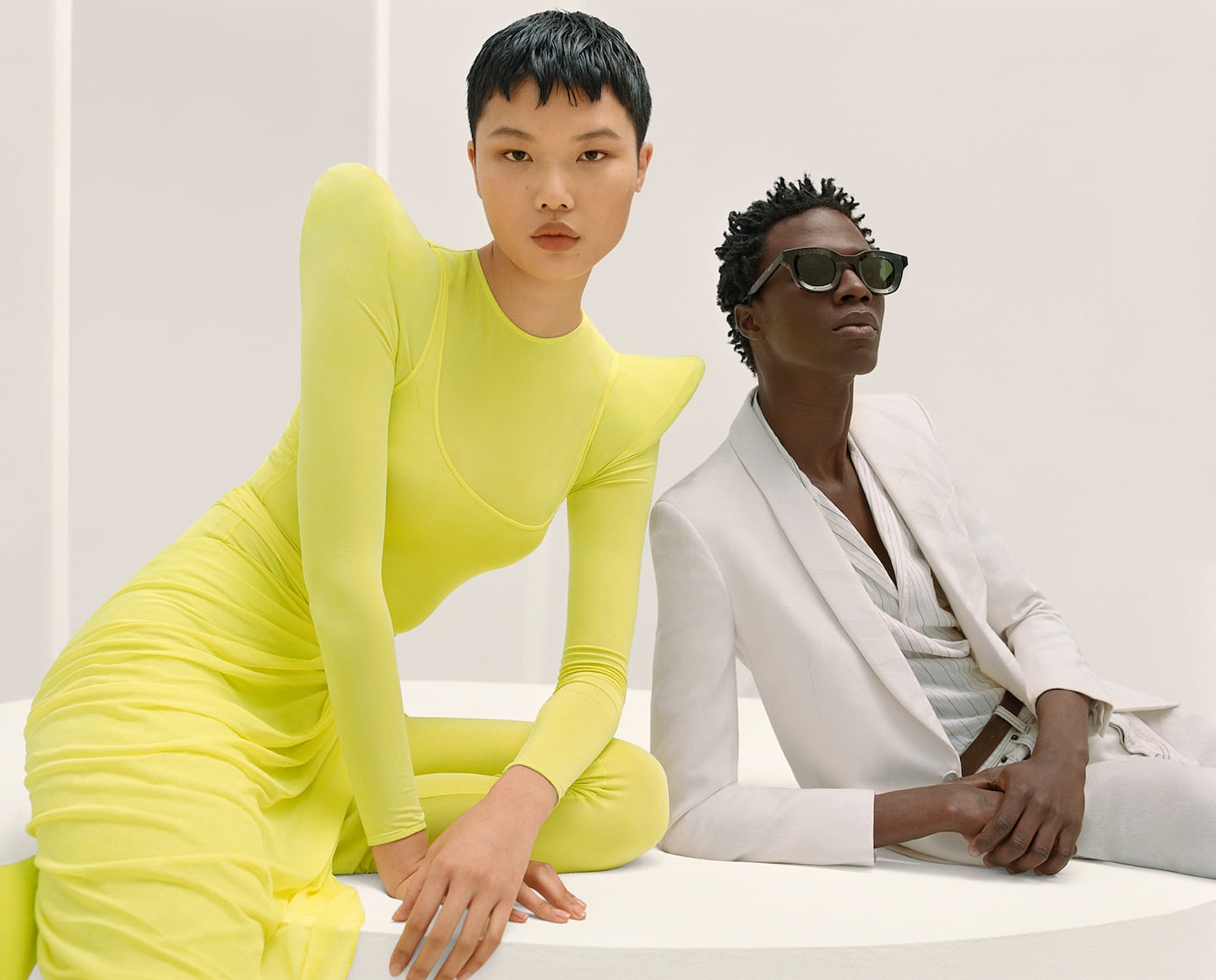
The Business of Fashion
Agenda-setting intelligence, analysis and advice for the global fashion community.

Agenda-setting intelligence, analysis and advice for the global fashion community.

The luxury retailer unveiled its flagship store on Alibaba’s Tmall Luxury Pavilion today on the back of last November’s mega deal with the Chinese retail giant and Richemont.
The move aims to help Farfetch plug into Alibaba’s 779 million consumers — and through it, thousands of designer brands. Despite Tmall’s proven popularity with luxury brands and retailers, which has produced partnerships with both Farfetch and Net-a-Porter, the launch proves there is still a major opportunity to capture brands that don’t have individual storefronts on its platform. Credit Suisse analyst Stephen Ju recently forecasted that Farfetch’s active shoppers could hit at least 30 million in the next five years, thanks to its growth in the China market.
Farfetch has kicked off its localisation efforts by launching big promotions, shopping gifts and collaborating with celebrities Song Zu’er and Fei Qiming. These activations have already helped the retailer draw over 25,000 followers.
With consumers tightening their belts in China, the battle between global fast fashion brands and local high street giants has intensified.
Investors are bracing for a steep slowdown in luxury sales when luxury companies report their first quarter results, reflecting lacklustre Chinese demand.
The French beauty giant’s two latest deals are part of a wider M&A push by global players to capture a larger slice of the China market, targeting buzzy high-end brands that offer products with distinctive Chinese elements.
Post-Covid spend by US tourists in Europe has surged past 2019 levels. Chinese travellers, by contrast, have largely favoured domestic and regional destinations like Hong Kong, Singapore and Japan.